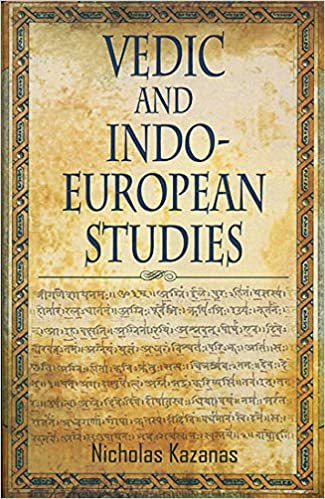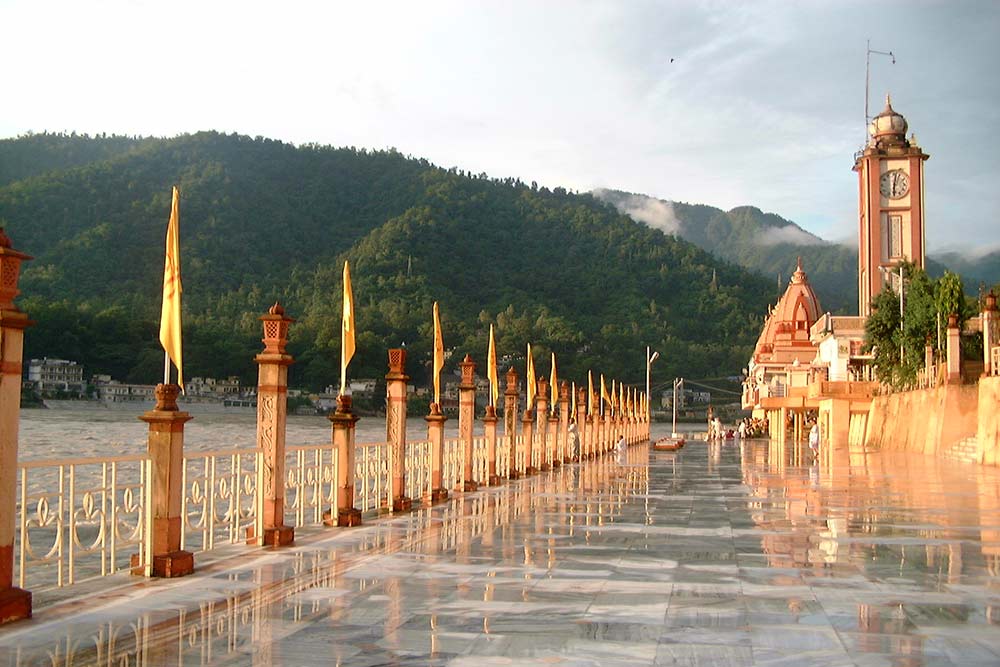- Visitor:18
- Published on:
Oral Tradition and the AIT
The Jews indeed wandered about for many centuries in the Near East, from the time when Abraham and his clan left Ur, c1900 BC (if all this is historically true; opinions are divided for and against); until they finally settled in Judea; so their scriptures tell us. (But note here that Ur in Mesopotamia had literary for 1000 years earlier, so the Jews Probably have had it also.) Not so the RV; in the hymns there is not even a hint of this hypothetical travel and its (mis-) adventures. We can therefore forget this empty argument.

How did the Indo-Aryans manage to maintain an oral tradition of such quality that their culture retained more cultural elements (e.g. names of deities) and many more lexical items (and grammatical features as any text on IE philology testifies)?
The only explanation I can think of regarding the superiority in retentions of Sanskrit is that the Indo Aryans moved very little or not at all. We saw earlier that they had developed an oral tradition that now seems definitely to have been far more efficient than any of the other branches (14), since, even as late as the 7th cent CE and even in the 20th, the sacred texts were transmitted orally from one generation to the next within Brahmin families. It was an incomparable systematic tradition.
The Aryan invasion/immigration theory has the Indo-Aryans enter Saptasindhu (which was allegedly populated by Dravidians, Mundas and/or, other speakers of South Asian language) c 1700-1500 BC. But they did not arrive after a few months’ travel from the PIE homeland; they made, according to some recent theories, stops at the Urals where they indulged in cultural exchanges with the Finno-Ugrians, and in Iran in common with the Iranians from whom they had not as yet separated.
Let us now assume that, as most Indoeuropeanists claim, the homeland was the Pontic or South Russian Steppe – even though there is no evidence of any kind for this. The Indo-Iranians move eastward to the (Southern) Urals and stay there for three or four generations (or ten; who knows?) in proximity to the Finno-Ugrians, then move south, either over the Caucasus west of the Caspian (less likely since Vedic has no evidence of lexical loans from Caucasian languages) or down along the eastern shores of the Caspian, to Iran. Then, after some decades again, the Indo-Aryans alone move further south-East (in waves?) and settle in Saptasindhu, whence, since by general agreement there was desiccation, they moved eastward to the Ganges basin following the natives who were at the time (c1700) doing just that.

Now, it should be obvious to any unprejudiced mind that a people in continual move over thousands of miles could not maintain the unique systematic oral tradition associated with the Indo-Aryans. On the other hand, this tradition could not have developed after they reached the Ganges basin because the RV mentions far too often the 7 rivers (1.32.12: 34.8; 35.8, etc,) – and even M. Witzel admits that the RV was composed round the river Sarasvati area (2001 3). So when did it develop since the RV already contains the references to the area and all those inherited.
It is a well-known fact of history that people on the move for a long period tend, especially if they are non-literate, to lose elements of their culture, while their language suffers decay and losses, much more than a people remaining sedentary, as several Indoeuropeanists have stated (Hock 1991: 467-9: Burrow 1973:10; Lockwood 1969; 43) and this because they have little leisure to pass their lore to the new generation and/or they meet with, and absorb elements from, alien cultures. Therefore, either we hold onto our habitual notions and deny the fact that the PP (Preservation Principle) favor the Indo-Aryans, or we accept the fact that the Indo-Aryans preserved (in that astonishing RV) much more than any other branch and therefore moved very little or not at all.
It could be argued that the IAs developed their complex but secure system of oral transmission while on the move. In fact, Mallory did so and cited as example the Jews. But these people were literate certainly when they first appear in history (11th cent BC. Dunstan 1998) or from the time of Moses c 1200 BC(?). But, if that were so, what would the IAs (or Indo-Iranians, since they were one people, according to the AIT) be transmitting and thus preserving? Their sacred RV was composed in the Saptasindhu. If they had developed their superb system while on the move, then they would have at least a few tales of their adventurous trekking and these would have been embodied in the hymns of the RV.

The Jews indeed wandered about for many centuries in the Near East, from the time when Abraham and his clan left Ur, c1900 BC (if all this is historically true; opinions are divided for and against); until they finally settled in Judea; so their scriptures tell us. (But note here that Ur in Mesopotamia had literary for 1000 years earlier, so the Jews Probably have had it also.) Not so the RV; in the hymns there is not even a hint of this hypothetical travel and its (mis-) adventures. We can therefore forget this empty argument.
It may also be argued, as was done by Mallory (2002), that if the Indo-Aryans retained most and their historical seat (or its environs), is the PIE homeland, then the people who moved a little distance, like the Iranians and the Tocharians, should have retained more than other branches, and those who moved farthest, the Celts and the Germans, should have retained the least. This is not the case, of course, and I certainly mean no such thing by the Preservation principle. Once a people starts moving away, many other factors come into play and we cannot apply the simplistic formula “more distance, fewer retentions enacting the ‘scientist’ (whatever this means).
The Tocharians provide a good example. They moved comparatively little but their retentions are meagre. Their written records show that they adopted Buddhism. There is no trace in them of the IE polytheist religion, and therefore of IE elements other than linguistic ones. One can only speculate that even before Buddhism came there the people had already forgotten much of their culture.
People leave their native land in large numbers for various reasons. The Pilgrim Fathers left Britain seeking mainly religious freedom. In pre-classical Greece, people left and formed colonies for economic and political reasons. Sometimes some few people may leave for exploration and adventure while others seek to spread their (superior as they think) culture – like Buddhist and Christian missionaries.
Thereafter other factors will influence all these categories (the devoted missionaries to a lesser degree). They may be subjugated; they may meet a very attractive alien culture; they may be very sensitive and may succumb easily to a foreign culture; and so on. Nobody now can know what the Celts, the Germans, the Balts or the Slavs met in their travels across Europe before they settled in their historical homes. Nobody knows why they left in the first place. The prehistorical archaeological researches that trace various movements of people in Europe like the Kurgan ones from the Pontic steppe, as is commonly claimed (i.e. before say 1800 BC) cannot really identified any IE people. Any so called identifications are conjectures in a world of speculation – no more. (It is curious that mainstreamers do not apply ‘scientific’ standards here also.)
Here let me use an analogy. If one stands precisely on the North Pole of our planet, then one can only move southward; there is no other direction. But once a few steps south is taken, then one can move in many different directions. The simplistic formula “more distance, fewer retentions” does not hold. But, in the circumstances, the PP, exemplified in the Vedic tradition, does hold; most retentions, least or nil distance travelled.
Source : Vedic and Indo-European Studies – Nicholas Kazanas, Aditya Prakashan
- 9 min read
- 0
- 0










